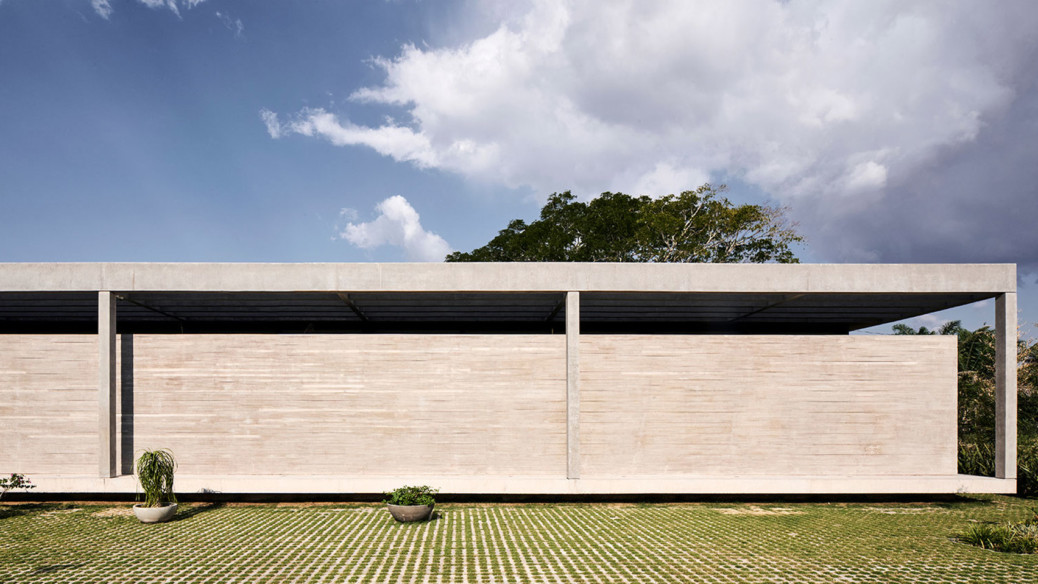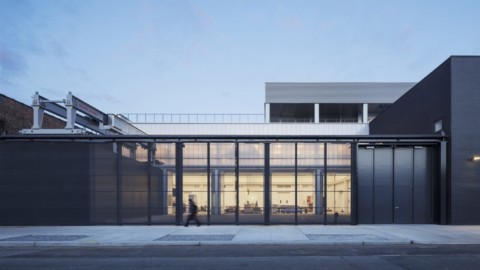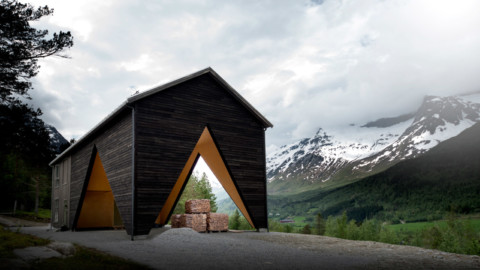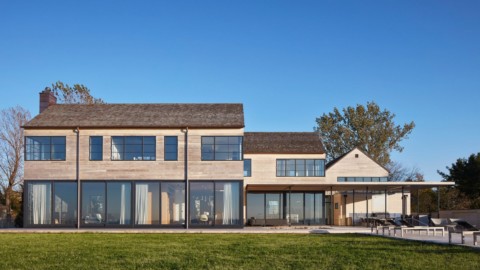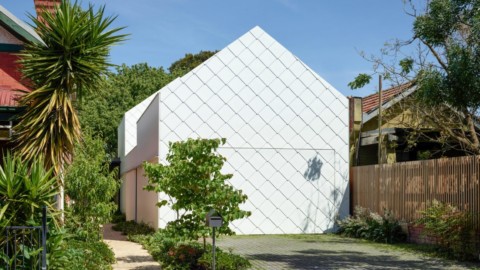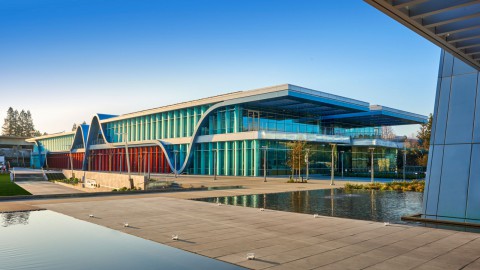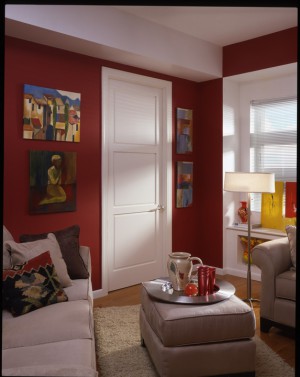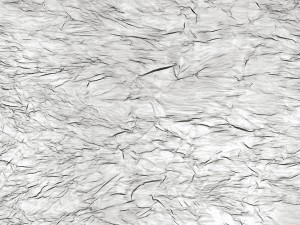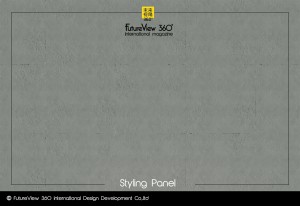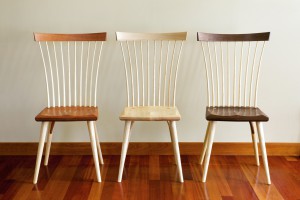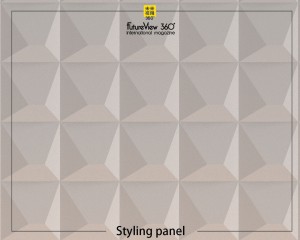A slender, lush garden is hidden behind the walls of this long concrete house in Santa Cruz, Bolivia, designed by local firm Sommet.
The architectural design studio completed Casa 54 in a gated community in the city with a simple form: a 54-metre-long (177-foot-long) one-storey volume.
這座細長的鬱鬱蔥蔥的花園隱藏在這棟由當地公司Sommet設計的玻利維亞聖克魯斯的長混凝土房屋的牆後。
建築設計工作室以一種簡單的形式在城市的一個封閉式社區中完成了Casa 54:54米長(177英尺長)的單層建築。
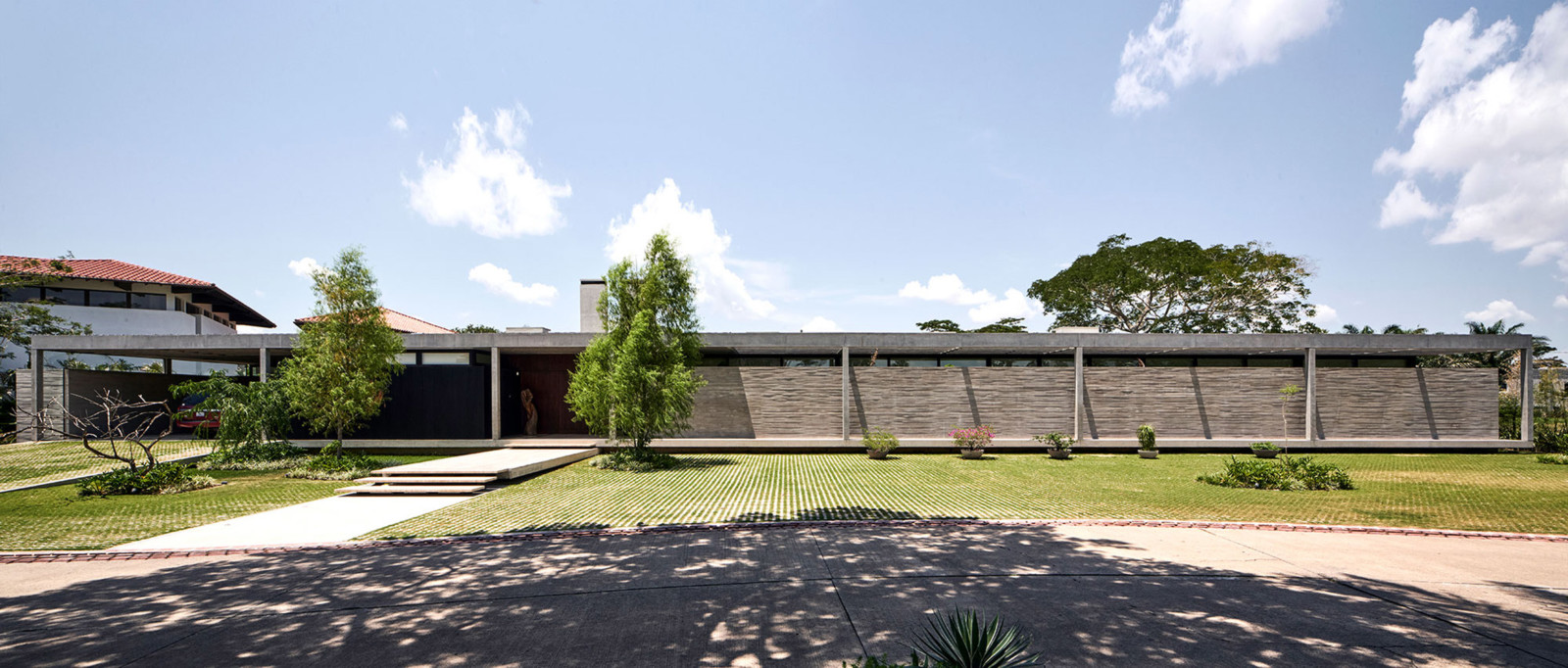
It is constructed predominantly from concrete, including the elevated platform, roof and rectangular columns that run around the perimeter.
“In this house, we tried to use long-lasting natural materials that reveal the construction method in the house’s aesthetics,” Sommet co-founder Sebastián Fernández de Córdova told Dezeen.
它主要由混凝土構成,包括高架平台,屋頂和圍繞周邊延伸的矩形柱。
Sommet的共同創始人塞巴斯蒂安·費爾南德斯·德·科爾多瓦(SebastiánFernándezdeCórdova)告訴Dezeen:“在這所房子中,我們試圖使用持久的天然材料來揭示房子的美學設計方法。”
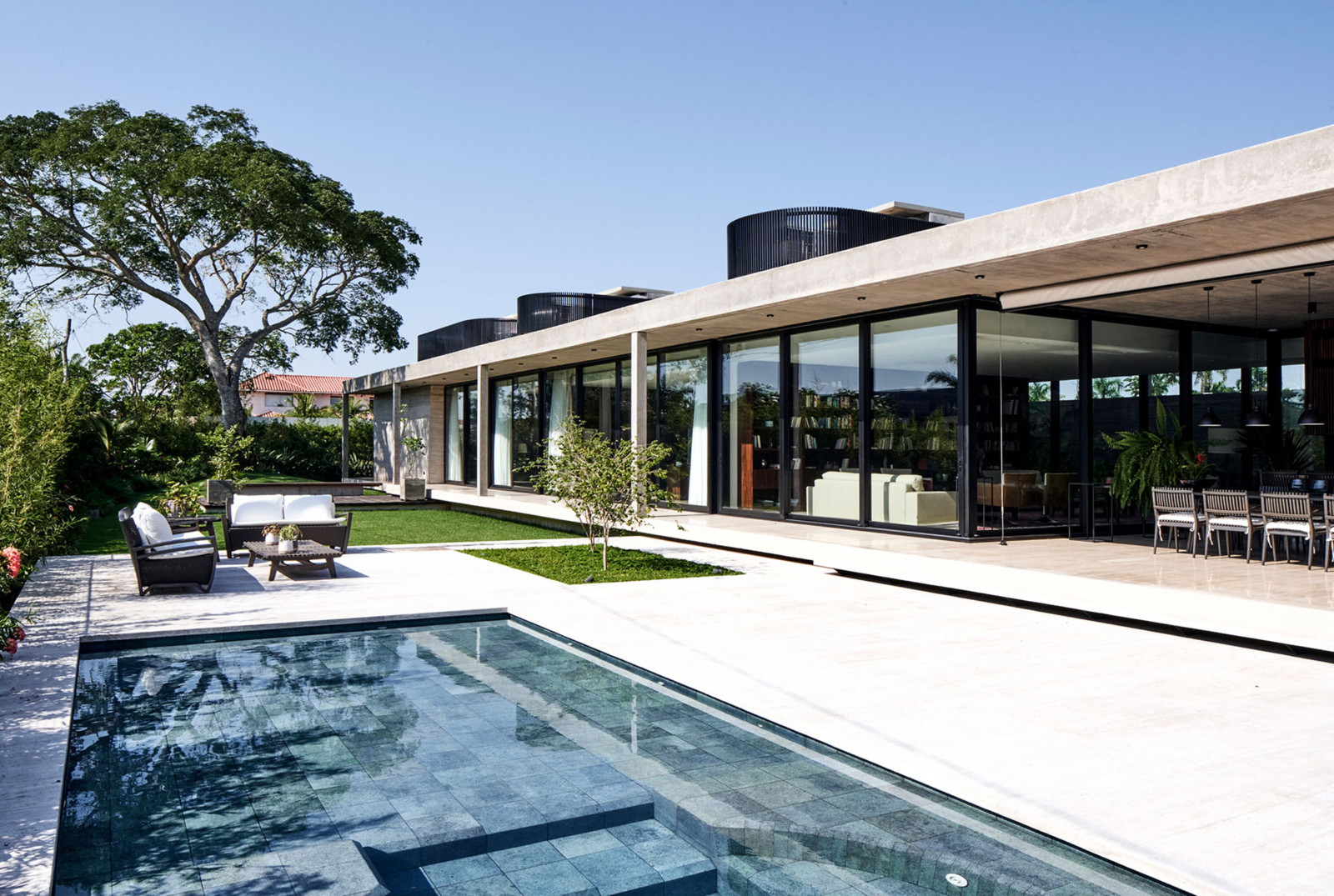
“Concrete is the main material of the house,” he added. “It is both the structure and the finishes.
“Therefore, we can say that in this house the construction method is revealed in its final image from the beginning, leaving no room for mistakes during the construction process.”
他說:“混凝土是房屋的主要材料。” “它既是結構又是裝飾。
“因此,我們可以說,這棟房子的建造方法從一開始就在其最終圖像中被揭示出來,在建造過程中沒有錯誤的餘地。”
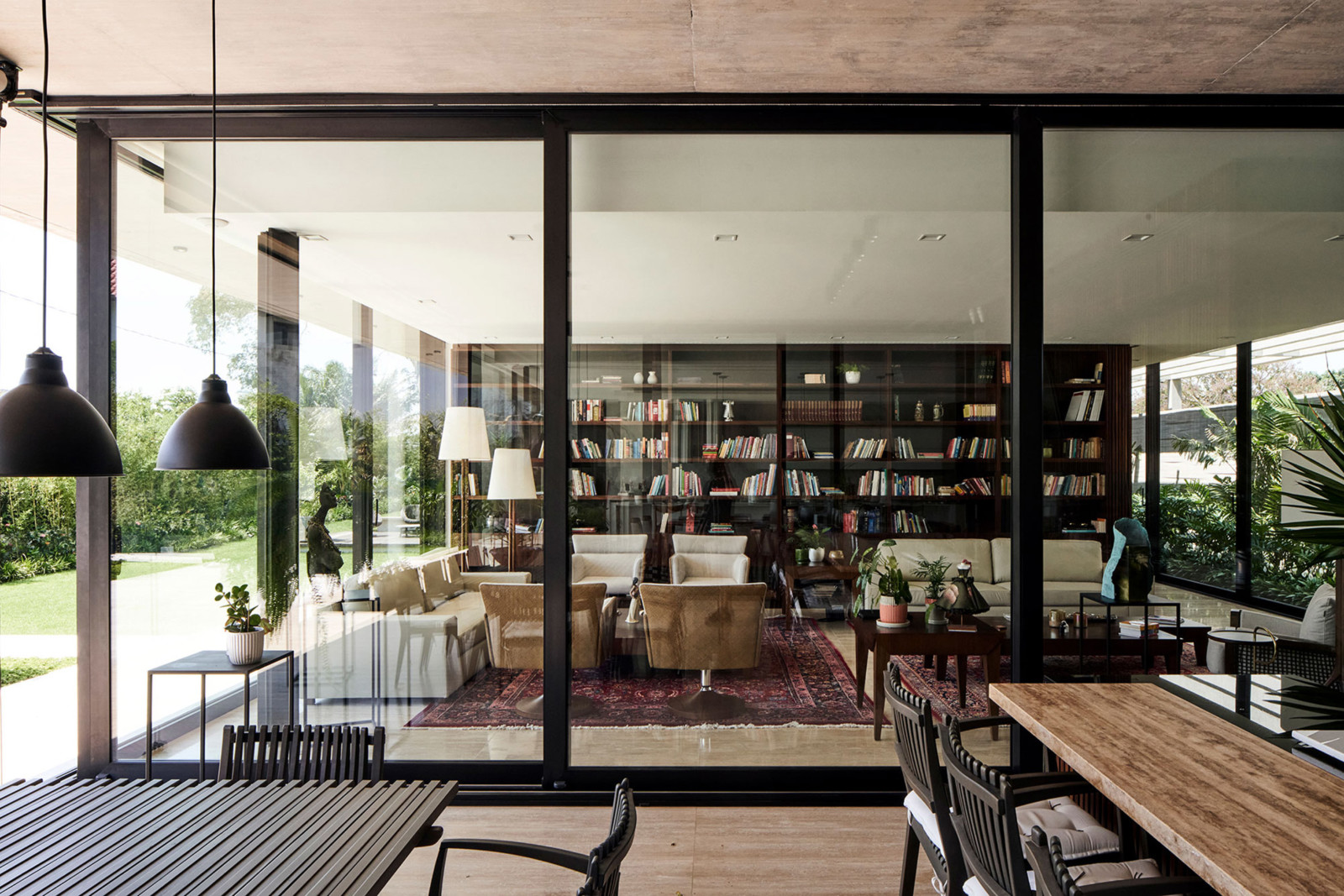
A concrete wall runs behind the columns at the front of the property to shield a long and slender interior garden behind.
The form of the columns is also mirrored by a concrete pergola that allows natural light into the green space.
一堵混凝土牆在物業前部的柱子後面延伸,以遮蓋後面長長而細長的室內花園。
柱子的形式也被混凝土涼棚反射,允許自然光進入綠色空間。
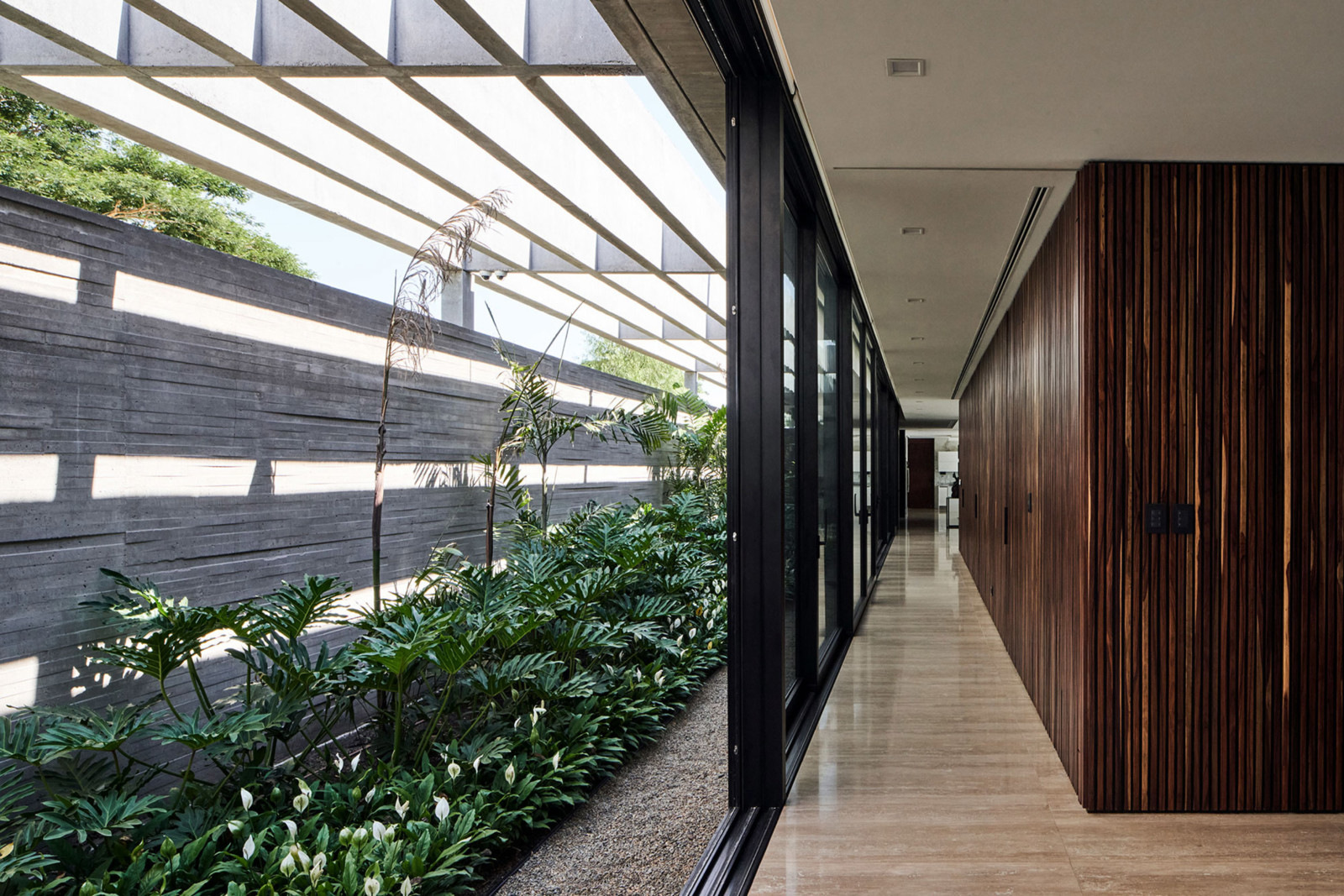
At the rear of the house, meanwhile, glazed walls are slightly indented to create a covered corridor that opens out to the back garden, where there is a pool and deck.
同時,在房屋的後部,玻璃牆略微縮進以形成一個有蓋的走廊,該走廊通向後花園,那裡有一個游泳池和甲板。
The rear glazing runs along the bedrooms, living room, and the kitchen and dining room. It also wraps behind an outdoor, covered dining area that is slotted in between the kitchen and the lounge.
後窗玻璃沿著臥室,客廳以及廚房和餐廳運行。 它也包裹在廚房和休息室之間的室外有蓋用餐區後面。
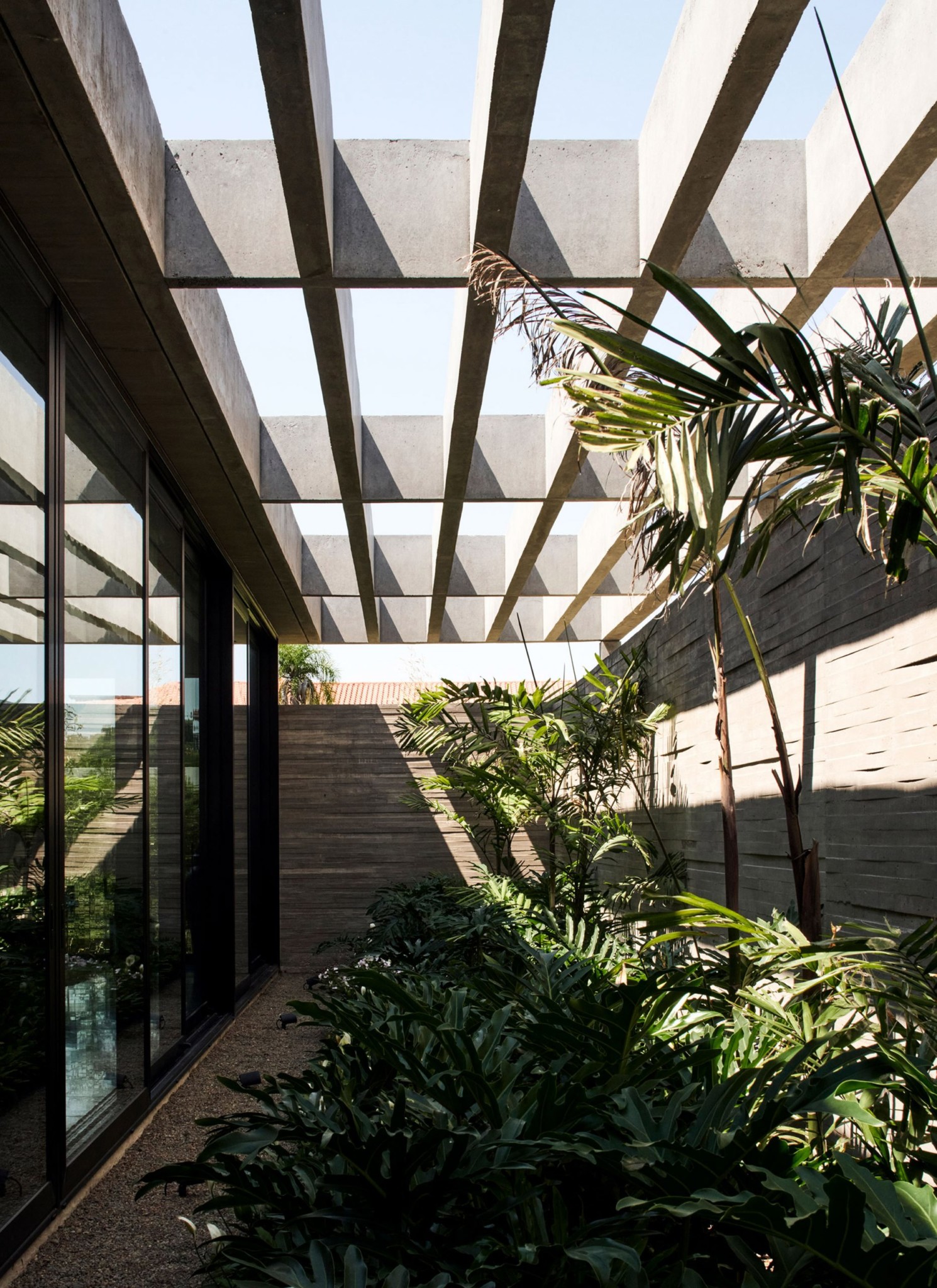
“We used floor to roof windows in order to blur the boundary between interior and exterior spaces,” Fernández de Córdova added.
“Being able to integrate the inside and the outside visually and physically was a key aspect on the design concept of the house.”
FernándezdeCórdova補充說:“我們使用落地窗以模糊內部和外部空間之間的界限。”
“能夠在視覺和物理上整合內部和外部,這是房屋設計概念的關鍵方面。”
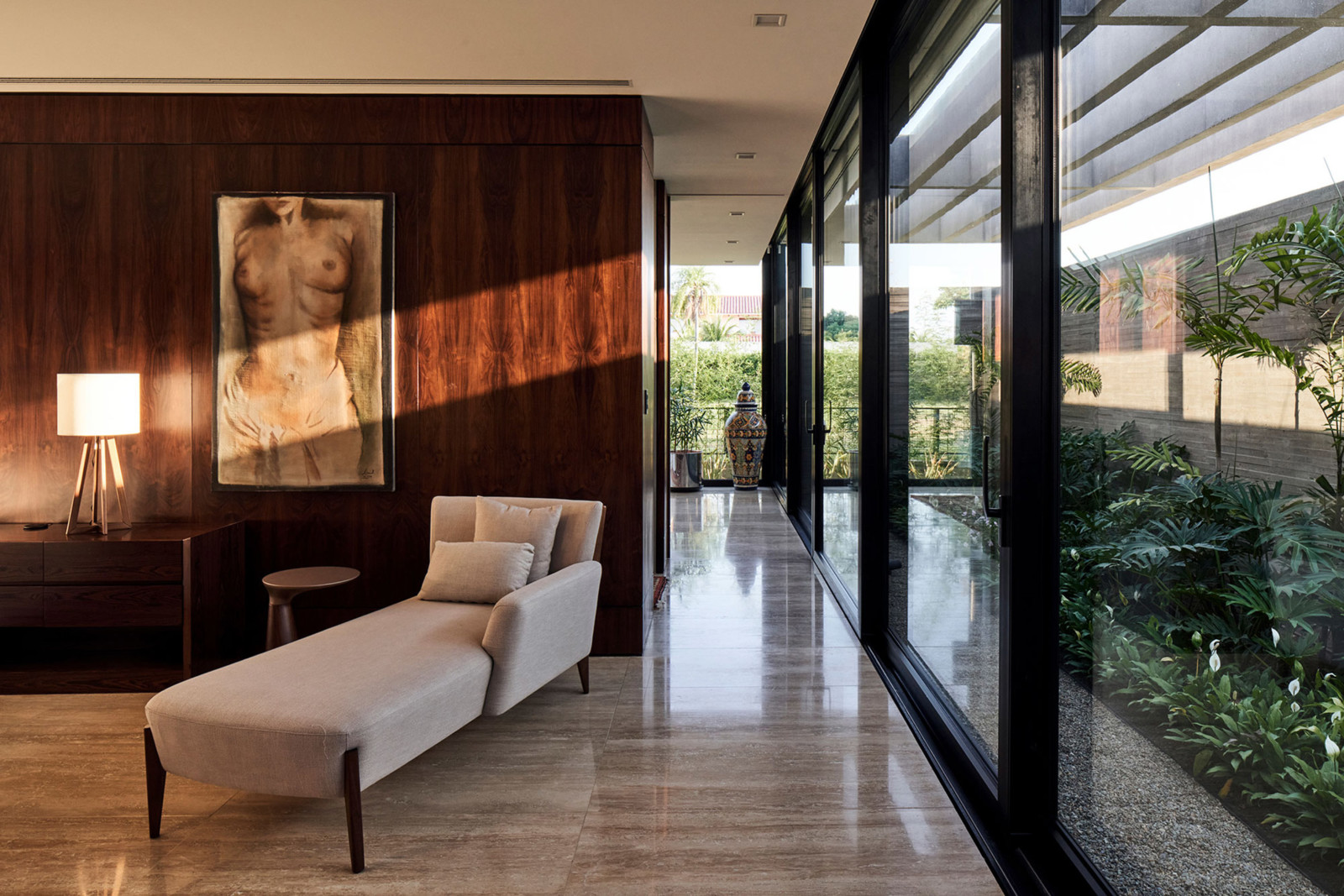
Inside, the studio chose a simple palette to complement the exposed concrete. Marble floors run throughout while warmth is provided by dark wood that forms a bookshelf in the lounge, slatted walls in the bedrooms and a wall along the garden.
“Wood is used on the interior along the main corridor by the interior garden,” the architect said.
在室內,工作室選擇了一個簡單的調色板來補充裸露的混凝土。 大理石地板貫穿整個房間,而深色木材則為休息室提供了書架,臥室的板條牆和花園的牆提供了溫暖。
建築師說:“內部花園沿主要走廊的內部使用木材,”建築師說。
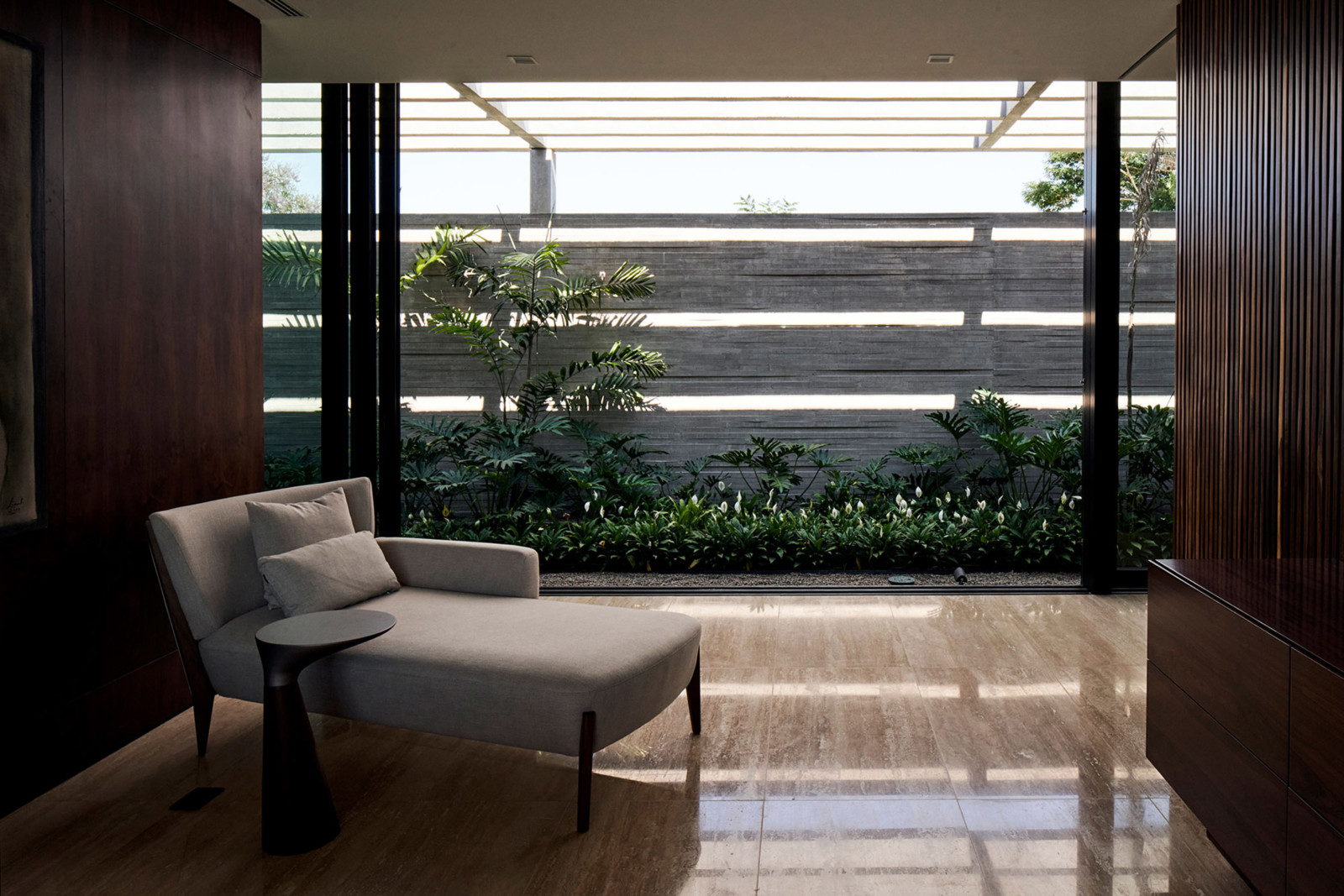
“It not only gives a warmer atmosphere, but also casts the shades created by the concrete pergola,” he added.
Other recently completed concrete houses include a residence just outside of Buenos Aires that contrasts the material with charred wood and a weekend retreat in Chile with a wavy concrete roof.
Photography is by Cristóbal Palma.
他補充說:“它不僅給人一種溫暖的氣氛,而且還能澆鑄混凝土涼棚所產生的陰影。”
其他最近完成的混凝土房屋包括位於布宜諾斯艾利斯郊外的一處住宅,該住宅與燒焦的木材形成對比,並在智利的一個週末度假勝地設有波浪形混凝土屋頂。
攝影是克里斯托瓦爾·巴爾瑪(CristóbalPalma)的作品。
FROM:https://www.dezeen.com/2020/08/12/casa-54-sommet-concrete-bolivia/

